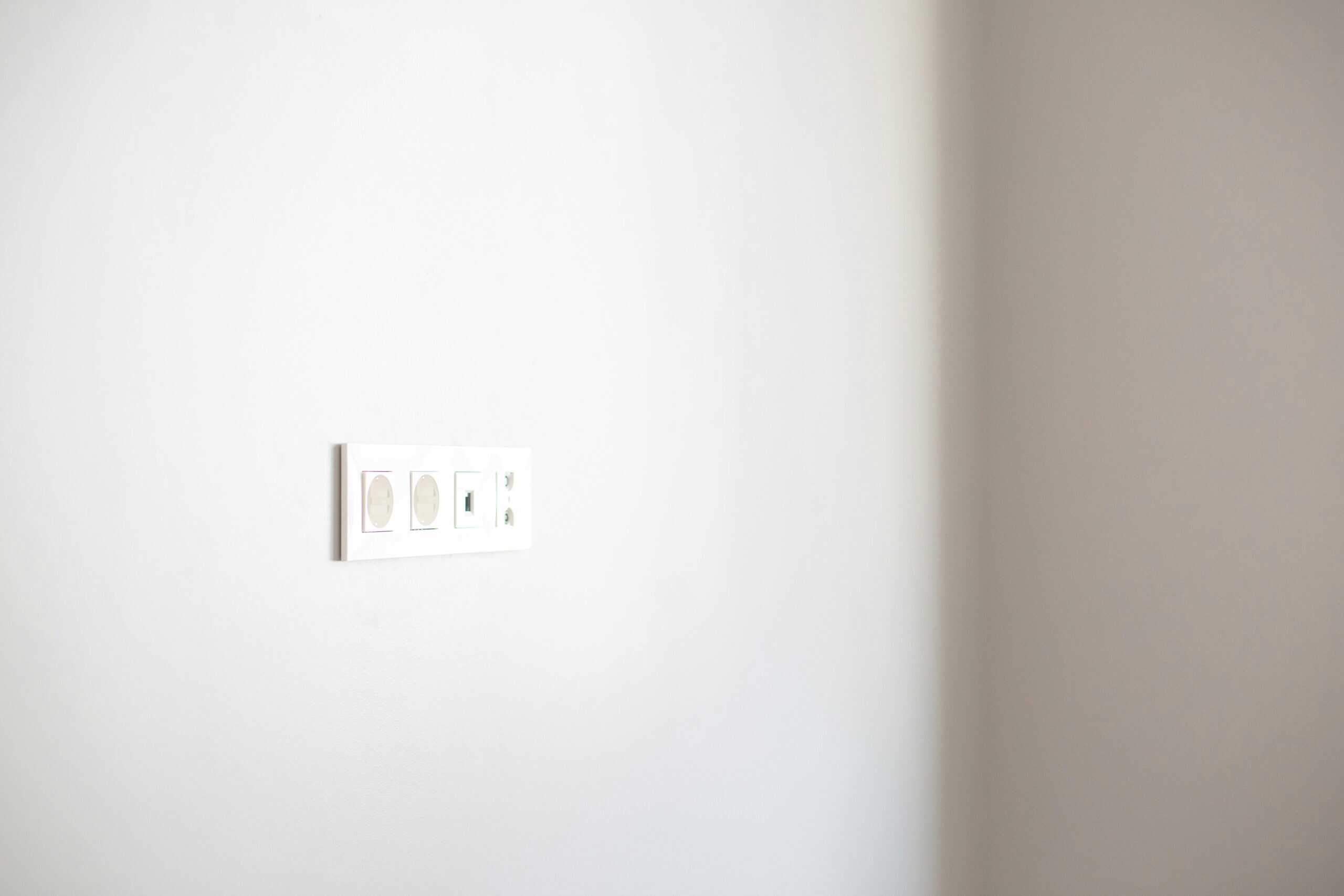As summer heat drives up electricity costs, many people are looking for ways to save on their utility bills. While energy efficiency upgrades are great, there are many simple, cost-effective behavioural changes that can have a big impact too.
Unplugging electronics that are not in use or using a smart power strip with a timer can cut your energy waste. It can also reduce “vampire power” which uses electricity even when devices are turned off.
1. Turn off devices that are not in use
While the hot weather of summer is a great time to think about cooling tips, there are simple things you can do all year round to reduce your household energy consumption. For example, unplugging devices that are not in use will cut your energy costs without causing any inconvenience.
Many electronics – especially entertainment devices like televisions and gaming systems, as well as chargers and small kitchen appliances – continue to draw ambient electricity even when they are turned off. In fact, these devices – sometimes called energy vampires or phantom drains – can account for up to 10% of your electricity usage.
In addition to being a waste of money, these devices can also increase your risk of fires. This is why it is so important to turn off appliances and electronics when you are not using them.
Leaving these items plugged in could cost you more than $100 a year, depending on your electricity prices and the number of devices that are left plugged in. This is the equivalent of one month’s electric bill, so it is worth taking a few minutes to turn off or unplug any appliances that are not in use.
A good way to see which devices are wasting electricity is to invest in an electricity monitor. These gadgets plug into an outlet and show the amount of power a device is drawing, usually through an LED screen. They are not as expensive as a smart meter and can help you identify which devices are wasting electricity. They can also be used to monitor your entire home’s electricity usage. You can also get a more general picture of your household electricity usage by using the energy usage graphs available on your power company’s website.
2. Look for ways to reduce energy waste
We’ve all heard about how lowering household energy costs helps reduce carbon emissions, regardless of whether single-phase or three-phase power. But what are some of the most effective ways to do so? While big changes like replacing light bulbs with energy efficient LEDs, reducing cooking heat, washing clothes in cold water or air sealing your home are great ways to save, many small steps can add up to significant savings for your electric bill.
One of the biggest energy-saving tips is to reduce what’s known as “phantom drain.” This term refers to electronics that use electricity all day and night, even when they are not in use (think your TV, video game console or stereo system). You can cut down on this by using a power strip with a smart plug like the TP-Link Kasa Smart Wi-Fi Power Strip. It allows you to switch the electronics off when they are not in use or set a timer to automatically turn them off at bedtime, work or when you’re away from home.
Another way to cut your energy usage is to limit how often you use appliances and devices that consume a lot of energy, such as your washer and dryer, dishwasher or water heater. It may take a bit of practice to get into a new habit, but doing things like taking shorter showers, washing only full loads and waiting for the dishwasher to be fully loaded can make a huge difference on your electric bill.
Other ways to decrease your energy use are to invest in energy efficient appliances, install an energy monitor and even consider switching to renewable solar power. These long-term investments can help you lower your electricity bills, as well as create a more sustainable future for our planet.
3. Switch to a time-of-use rate plan

Many energy providers offer a variety of rates and plan options, and some will let customers choose “time-of-use” rates that can help them save money. These plans usually charge a higher rate for electricity during peak hours (often afternoon/evenings and summertime) and lower rates during off-peak times. Customers that use energy-intensive appliances and electronics during off-peak hours can see significant savings compared to their flat rate plan.
The concept behind time-of-use rates is simple: electricity costs more during peak usage hours because the power plants that generate that electricity have to work harder and use more resources to meet demand. But if a large enough group of customers can reduce their peak consumption, utilities can pass on the cost savings to consumers.
Energy-efficient LED bulbs, smart energy apps, and setting timers on thermostats, water heaters, pool pumps, and electric vehicles can help you reduce your exposure to expensive peak pricing. If possible, investing in solar panels and an energy storage system can reduce your reliance on the grid even more.
Although it will likely take more effort and discipline than a flat rate plan, switching to a time-of-use rate can provide real energy savings for households that can change their habits. Before deciding to switch, review your home’s energy use and energy-saving tips to determine if it is a good fit for you. If you’re ready to see the benefits, enter your zip code above to compare BKV Energy with other local providers and find an affordable fixed rate without gimmicks. You could be saving money in no time!
4. Turn off lights when not in use
The simple act of turning off a light in a room that’s not being used can save energy and decrease your electricity bills. In fact, this is one of the easiest and most effective ways to save energy in your home. This is because we pay for electricity by the kilowatt hour, and the more you use, the more it costs.
However, it’s important to remember that not all lights are created equal. Some bulbs consume more electricity than others, and changing to more efficient lighting can help. For example, LED bulbs can save up to 90% more energy than traditional incandescent bulbs. Additionally, it’s also important to use lighting controls like timers and dimmers to reduce your energy usage even further.
Another major energy waste culprit is what’s known as “phantom drain.” These electronics and appliances—such as TVs, computer chargers, and stereo systems—use a trickle of power to stay in standby mode, which can account for 5%-10% of a household’s energy use and cost $100 a year. To combat this, consider unplugging any electronics and devices that aren’t in use or switching to a smart power strip.
If you’re ready to start saving energy and cutting your electric bill, make small changes starting today. Whether it’s turning off lights when not in use or making the switch to LED bulbs, these small changes will add up over time. And before you know it, you’ll be well on your way to reducing your energy consumption and lowering your energy bills. For more tips on how to cut your household energy costs, visit our Energy Efficiency Guide.
5. Install new insulation
Adding new insulation to your home is one of the best ways to reduce your energy costs. Not only does insulation help to keep your home at a consistent temperature, but it also helps to reduce air leaks that can cause unnecessary heating and cooling costs. Additionally, certain types of insulation, such as cellulose, are insect repellents and act as fire retardants, making them safer for your family and the environment.
Many homeowners and renters don’t realize how much money they are wasting by allowing their homes to leak air. According to the EPA, up to 15% of your home’s energy is wasted due to poor insulation and air sealing. This is because the escaping air causes your heating and cooling system to work harder than it should. By conducting an energy audit and implementing insulation upgrades, you can save money on your electricity bills.
If you aren’t sure where to start, the EPA recommends starting with the attic. In most homes, this is where the majority of the air leaks occur. Adding insulation to your attic, as well as sealing air leaks throughout your home, can help to drastically lower your household electricity expenses.
Other simple steps to cut your electric bill include adjusting the thermostat to save energy when you are asleep or away from home and reducing “vampire loads.” These are electronics that are constantly drawing power even when they are turned off. If you have a smart meter, look at your hourly consumption to identify these devices (such as a VCR) and switch them off. Lastly, by installing a programmable thermostat you can ensure that your HVAC system is only running during off-peak hours.









